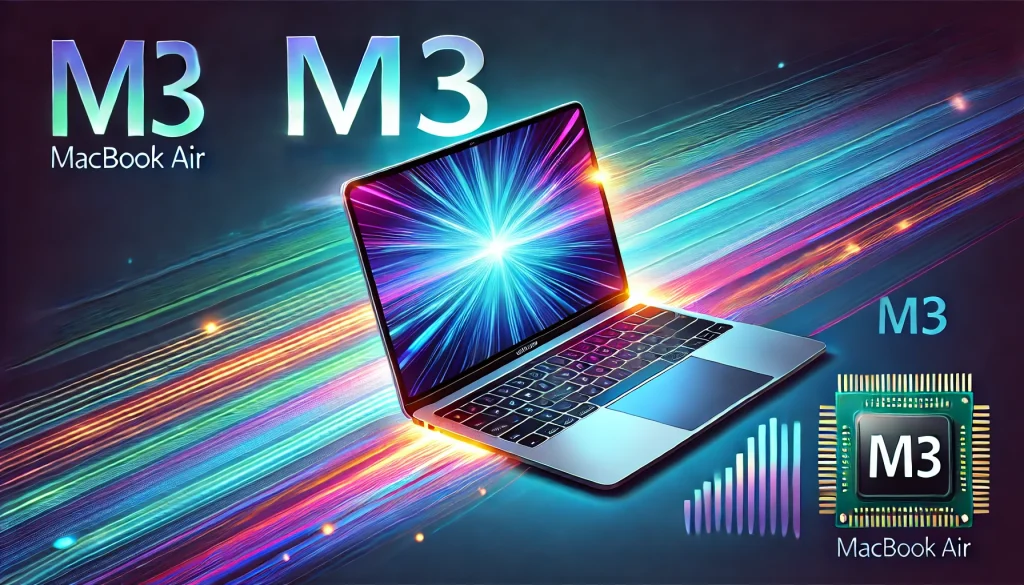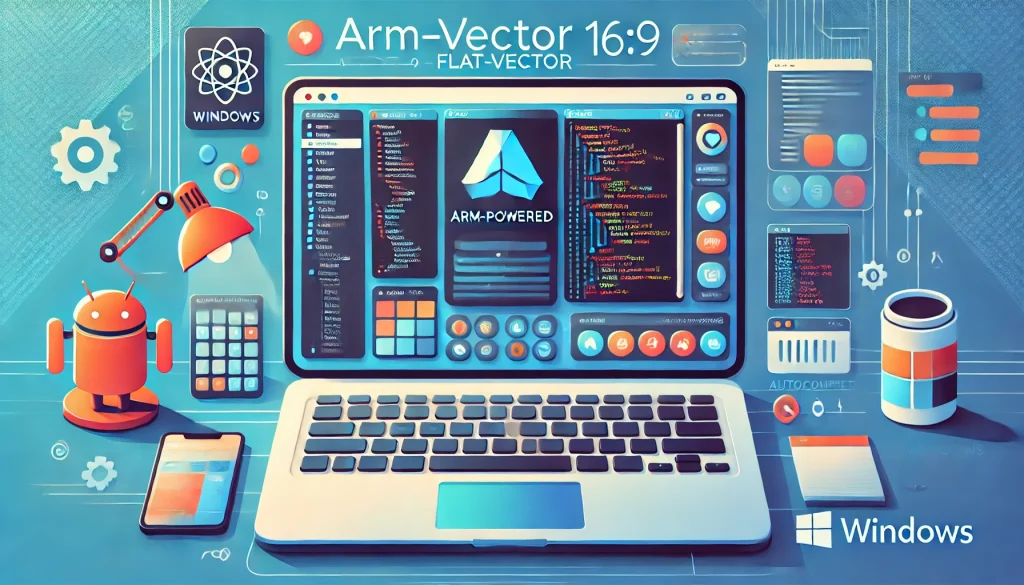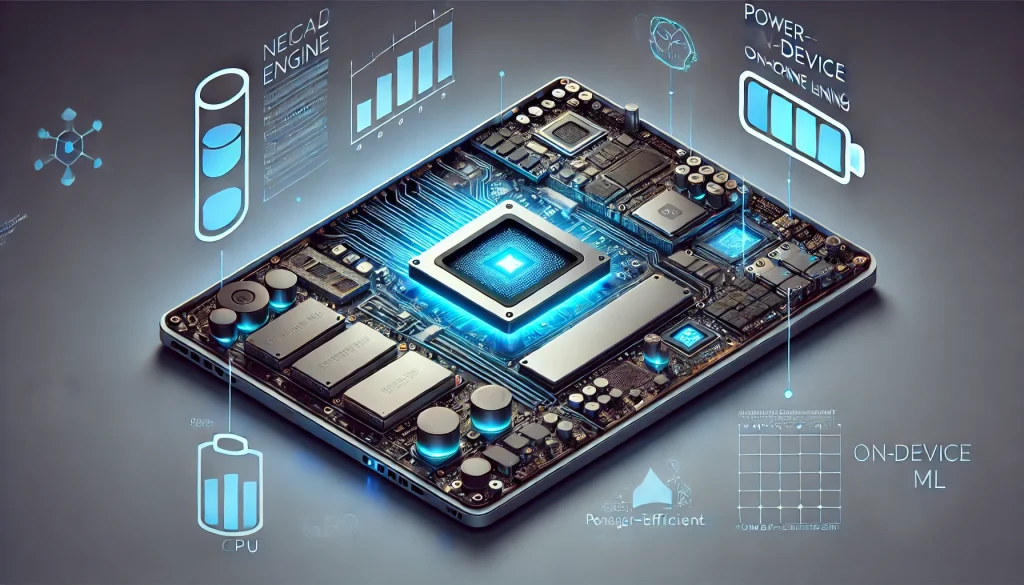In late 2024 and early 2025, personal computing took another leap. Apple introduced its M3 chip, significantly boosting performance and efficiency for MacBooks, while the Windows ecosystem also witnessed a surge in ARM-based laptops and developer kits. These developments are changing how devs compile code, run VMs, train on-device ML models, and integrate AI into everyday tasks. This article explores Apple’s M3 claims, the broader ARM trend, and why developers need to track these changes for productivity gains.
1. The Apple M3 Chip: A Leap in Performance

1.1 Notable Improvements
Apple’s M3 chip powers the 2024 MacBook Air, boasting:
- Up to 60% Faster speed than M1-based models (per Apple’s internal benchmarks).
- A significantly upgraded Neural Engine, touted as ideal for “on-device AI tasks.”
- Enhanced efficiency cores allowing longer battery life for typical workloads.
Why It Matters: For everyday developers, the M3 means shorter compile times, more fluid virtualization, and comfortable performance for tasks like Docker containers or local CI pipelines. Early adopters have found it surprisingly capable for moderate machine learning experiments—training small ML models or using advanced frameworks without a giant power draw.
1.2 Does Reality Match the Hype?
Apple labels the new MacBook Air as “the world’s best consumer laptop for AI,” referencing the integrated Neural Engine’s capabilities. While real-world performance may depend on the models or frameworks in use, the ability to rapidly handle AI workloads offline—like text generation or image classification—can be game-changing for devs working on local prototypes or edge AI solutions.
Nevertheless, whether it truly outperforms dedicated GPUs for large-scale training is questionable. Still, the M3’s power efficiency leads to long battery life and quiet operation—benefits that typical x86-based laptops might struggle to match for prolonged dev sessions.
2. ARM PCs in the Windows World

2.1 Windows on ARM Gains Ground
It’s not just Apple forging ahead with ARM. The Windows ecosystem is seeing more ARM-powered laptops and dev boards, with Qualcomm, Microsoft, and other vendors collaborating on performance improvements. Meanwhile, dev kits like the Microsoft Dev Kit 2024 (codenamed “Project Volterra”) are giving developers a direct path to optimize apps for ARM-based Windows devices.
Why This Matters:
- First-Class Citizens: As more Windows laptops run ARM chips, mainstream software vendors are porting or optimizing their applications, ensuring users get x86-like compatibility with better battery efficiency.
- Toolchain Adaptation: Devs must ensure compilers, libraries, and CI/CD pipelines can build and test ARM binaries without friction.
2.2 Building a Unified Ecosystem
ARM-based Windows continues bridging the gap between typical Windows experiences and the efficiency or battery life ARM can offer. For example, Windows 11’s “Copilot” (an AI-driven assistant integrated at OS level) can tap into the device’s neural or ML accelerators to handle tasks without hitting battery life as hard as a discrete GPU might. This synergy blurs the line between hardware and software—much like Apple’s approach with macOS and the M-series chips.
3. Why Developers Should Watch ARM Architectures
3.1 Performance-Per-Watt Advantages
In a world where laptops need all-day battery life and minimal heat, ARM’s RISC-based design often outperforms x86 in performance-per-watt. This is invaluable for:
- Compiling Large Projects: Faster builds with less fan noise.
- Virtualization: Docker containers or local K8s clusters can run with less overhead.
- On-Device AI: Real-time inference or small-scale training without draining power or requiring external GPUs.
3.2 Toolchain and Library Compatibility
Though major languages (C++, Java, Python, JavaScript) and frameworks now offer ARM builds, some specialized tools or older libraries might not. Ensuring your entire dev environment (editors, debuggers, compilers, etc.) supports ARM can demand extra checks or config changes. For large enterprises, it might require coordinating with infosec or IT teams to update standard images.
Tip: Keep an eye on official ARM packages in your package manager (Homebrew, apt, conda, etc.). If a required library lags in ARM support, consider alternative tools or help maintainers test ARM builds.
3.3 Potential for Unified Codebases
As Apple’s M-series and Windows on ARM push forward, cross-platform dev might be simpler if both sides share an ARM foundation. We could see standard performance benefits and uniform instructions across different OSes. That said, dealing with Linux-based servers (often x86) means many dev shops maintain multi-arch pipelines. Teams that stay flexible with build configurations can more easily adapt to the growing mix of ARM and x86 environments.
4. OS and Tooling for AI-Focused Development
4.1 macOS: ML APIs and Integrated AI
Apple’s macOS includes native ML frameworks (Core ML) and system-level AI features, like the new Neural Engine in M3 chips, which accelerate tasks from image recognition to advanced language processing. For devs building iOS or macOS apps, harnessing these APIs can drastically speed up local inference.
Examples:
- Core ML for on-device classification or object detection.
- Swift packages that directly tap Metal GPU or Neural Engine resources.
4.2 Windows 11: Copilot and ML Integration
In the Windows space, Copilot merges GPT-like functionalities with OS-level tasks (file management, scheduling, or app launching). For devs, this means future Windows releases may offer built-in frameworks for GPU-accelerated or NPU-accelerated (Neural Processing Unit) AI tasks. Tools that harness these accelerators can differentiate in performance and user experience.
Hint: If your app can offload computations to Windows ML or DirectML, consider it. It might cut CPU usage, allowing better concurrency with other dev tasks.
5. What the Future Holds
5.1 More CPU + NPU Integration
Expect each new generation of ARM chips to push NPU (Neural Processing Unit) capabilities further. Apple’s M-series invests heavily in machine learning blocks. Qualcomm, MediaTek, and others do similarly for Windows or Android ecosystems. As these units handle AI tasks at low power, devs can build advanced features (voice recognition, image generation) without spinning up a data center GPU.
5.2 Cloud-Edge Convergence
When dev laptops can handle robust inference or small-scale training, the line between local dev and cloud compute for AI might blur. We’ll see more synergy between local testing (fast iteration, immediate feedback) and cloud-based “scaling” for heavier tasks. Tools bridging local ARM hardware with remote clusters might flourish.
5.3 Evolving Dev Tools
IDEs and compilers will keep refining ARM support. Meanwhile, cross-compiler toolchains can help unify deployments across edge devices, local dev machines, and server clusters. We may see more “universal” packages shipping both ARM and x86 binaries by default.

Conclusion
With Apple’s M3 leading the charge on MacBooks and Windows finally embracing ARM-based PCs more broadly, personal computing is evolving rapidly. For developers, these changes signal improved performance-per-watt, advanced on-device AI support, and new forms of synergy between hardware and software. Ensuring your toolchains handle ARM well, optimizing for battery life and hardware-accelerated tasks, and exploring integrated AI frameworks can yield a significant productivity boost.
Key Takeaways:
- Apple M3: Offers up to 60% faster speed (vs. M1) and a better Neural Engine, making MacBooks unstoppable for many dev tasks.
- Windows on ARM: Gains traction with dev kits and AI integration, bridging the gap between efficiency and a familiar Windows environment.
- ARM’s Future: Expect deeper neural units, universal cross-arch packages, and next-gen dev pipelines that automatically optimize for battery, speed, or concurrency.
- Developer Focus: Keep an eye on how your libraries, build systems, and virtualization setups handle ARM—test thoroughly for maximum advantage.
As hardware vendors blur the lines between CPU, GPU, and specialized AI blocks, the next wave of computing means developers have more power and efficiency at their fingertips—whether they code on a sleek MacBook Air or an ARM-boosted Windows machine.









